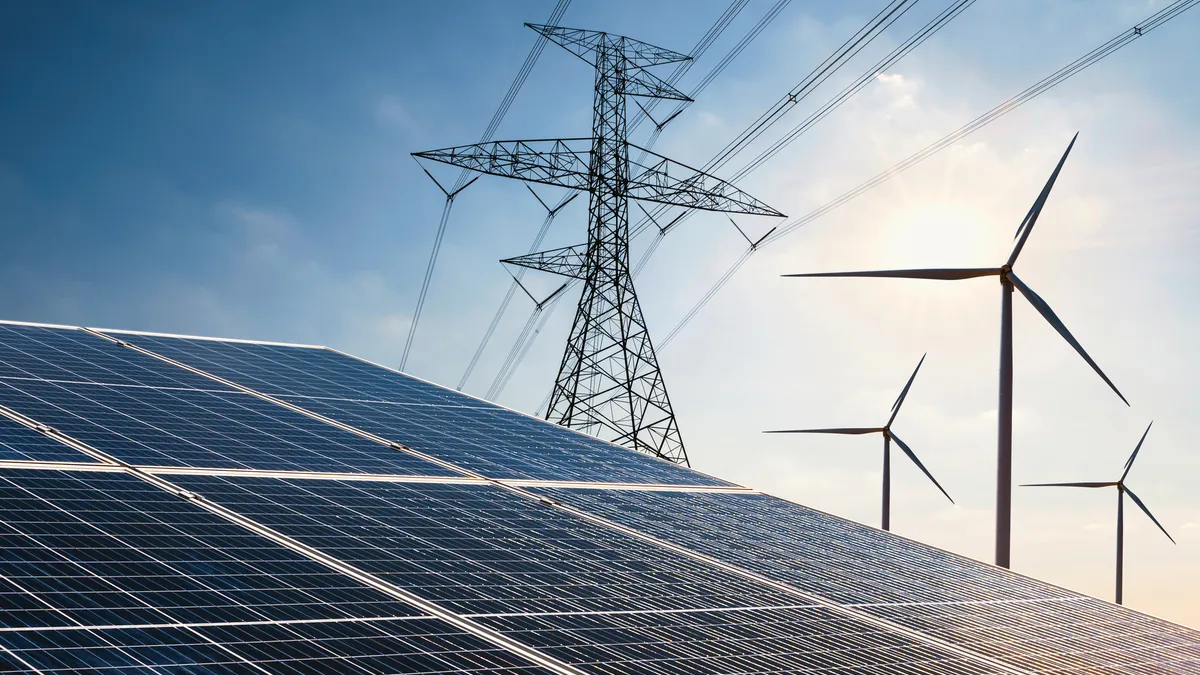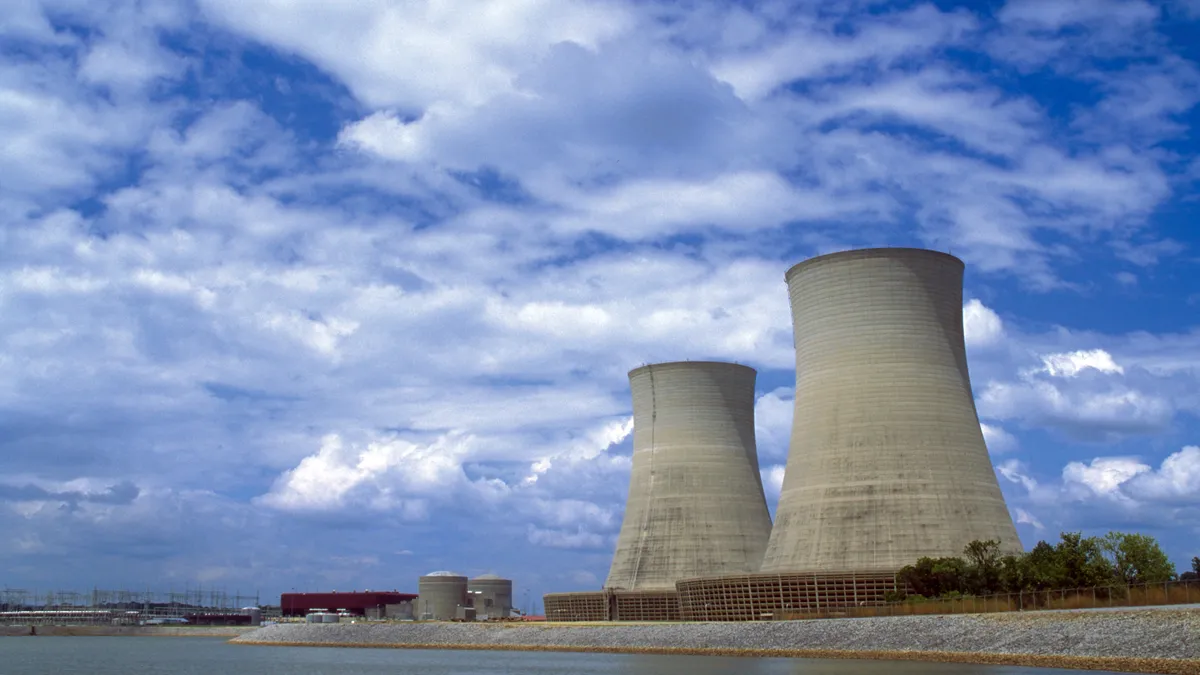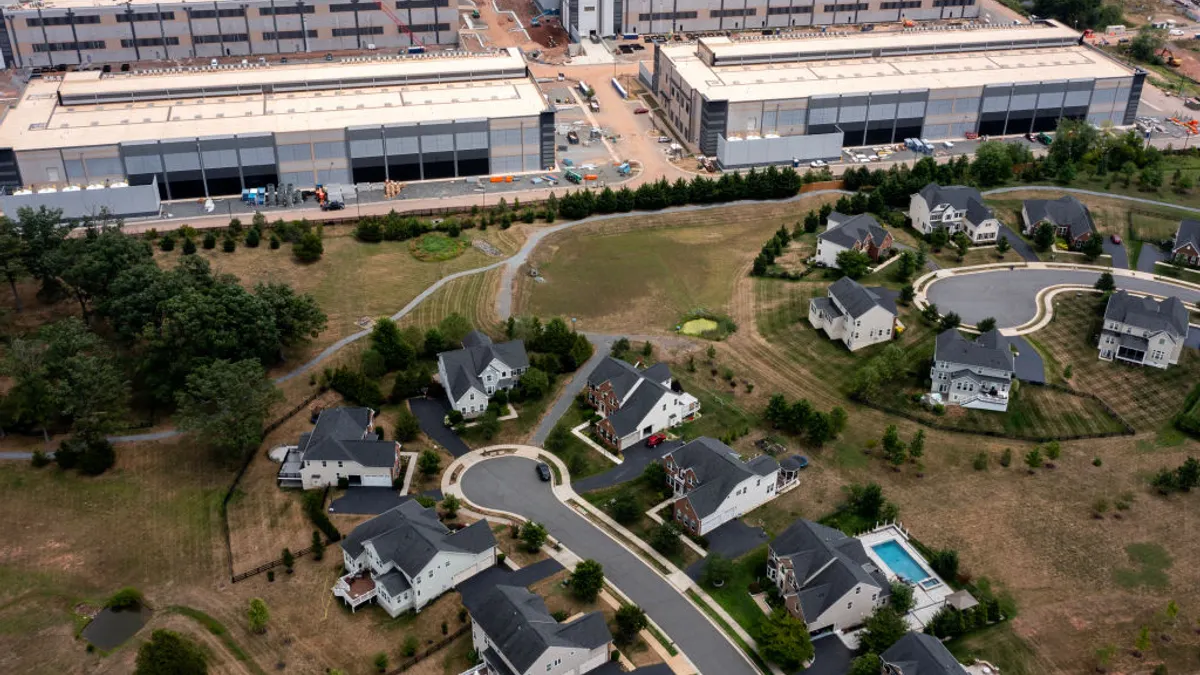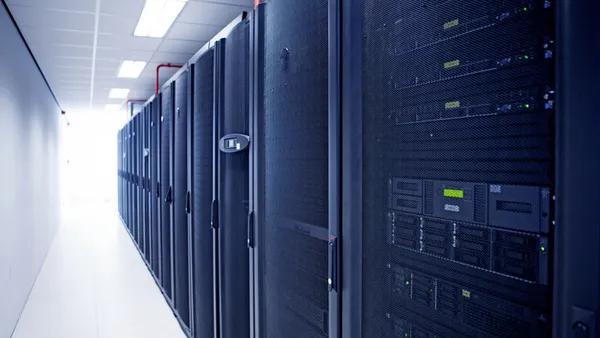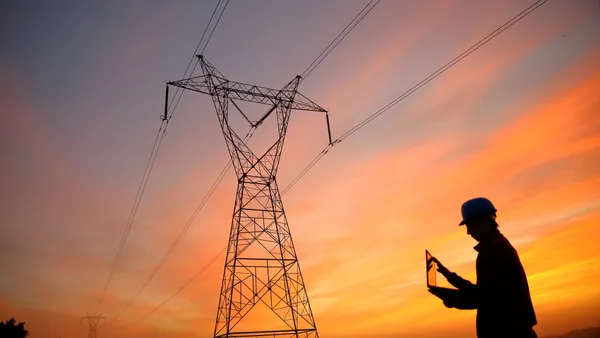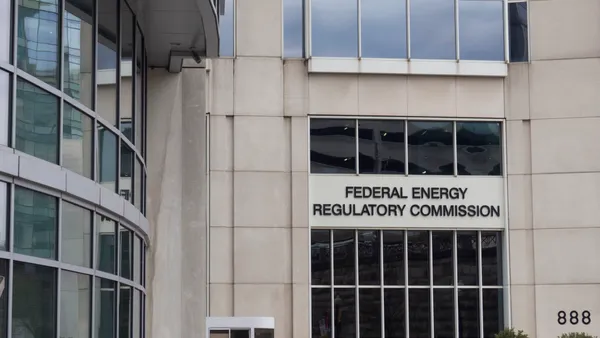A failure to speed up transmission expansion in the United States “severely” limits potential wind, solar and energy storage projects, cutting possible greenhouse gas emissions reductions roughly in half, according to a Princeton University-led REPEAT Project report.
The report released Thursday is the research team’s latest analysis of how the Inflation Reduction Act and the Infrastructure Investment and Jobs Act could affect the climate and the U.S. energy system.
The researchers estimate that under existing law, the U.S. will reduce its economy-wide carbon emissions to 4 billion tons to 4.2 billion tons in 2030, or by about 37% to 41% from 6.7 billion tons in 2005, short of the Biden administration’s 50% to 52% reduction goal.
The Rapid Energy Policy Evaluation and Analysis Toolkit Project, known as the REPEAT Project, in August estimated current policy would reduce carbon emissions by 42% by 2030. The researchers now expect the next stage of the energy transformation will be slower to start, partly because of supply chain limits.
The average annual rate of solar photovoltaic additions jumps from 19 GW in 2021 to an average rate of 44 GW to 51 GW a year from 2023 to 2030, according to the group’s modeling. Onshore wind additions climb to 39 GW to 43 GW annually through the rest of this decade, up from 15 GW in 2020, the researchers estimated.
Looking further ahead, solar PV grows by 123 GW to 167 GW a year on average in the first five years of the next decade and wind increases by 26 GW to 41 GW a year on average in that period, the modeling found.
However, the rate of transmission capacity additions must accelerate by 50% from recent levels to meet those growth projections, and would have to double to meet a net-zero target for 2035, according to the report.
“Current U.S. transmission planning, siting, permitting and cost allocation practices can all potentially impede the real-world pace of transmission expansion,” the researchers said in the report.
Failing to accelerate transmission expansion beyond the recent pace of about 1% a year could forfeit about half of the emissions reductions that might otherwise be achieved under current policies, the researchers said.
According to the REPEAT Project’s modeling, about three-quarters of electricity comes from low-carbon sources in 2030 and about 90% in 2035 under current policies. If transmission expansion is limited, the share falls to about 61% in 2030 and 71% in 2035, the researchers said.
“If new transmission capacity cannot be added at a faster pace, growth of wind and solar power will be substantially constrained,” the researchers said. “The United States would thus be more reliant on coal and natural gas power plants to meet growing demand from electric vehicles and other electrification.”
Partly in response to the slow pace of regional transmission development, the Federal Energy Regulatory Commission last year proposed reforming its rules governing transmission planning and cost allocation as well as rules over interconnecting generators to the grid. It may take several years before any new rules are put into effect, however.
The REPEAT Project noted that its modeling indicates outcomes that would be expected from economic decision-making, but other factors can affect real-world results such as “the ability to site and permit projects at requisite pace and scale, expand electricity transmission and [carbon dioxide] transport and storage to accommodate new generating capacity, and hire and train the expanded energy workforce to build these projects.”



